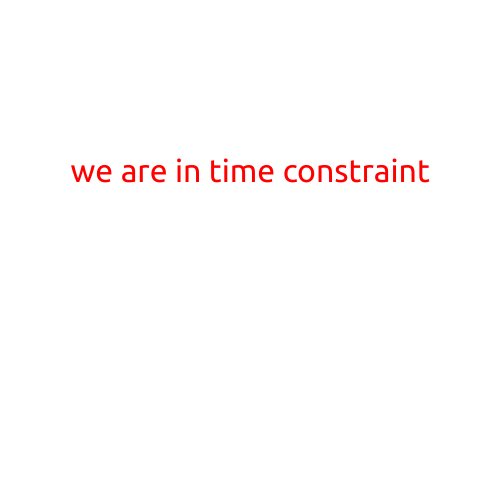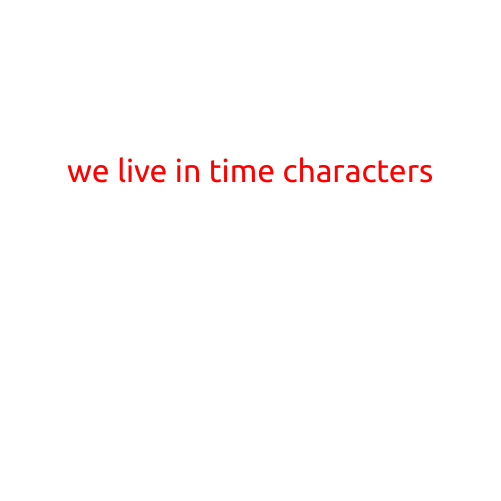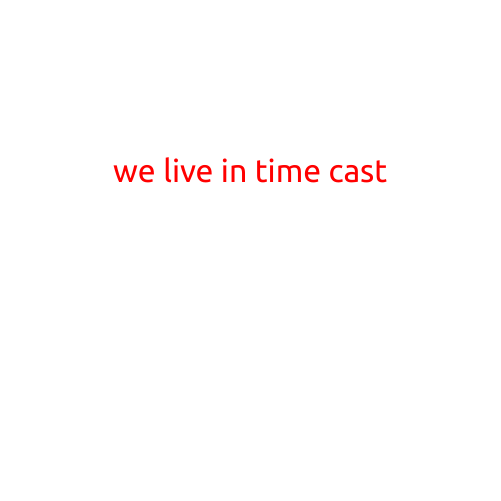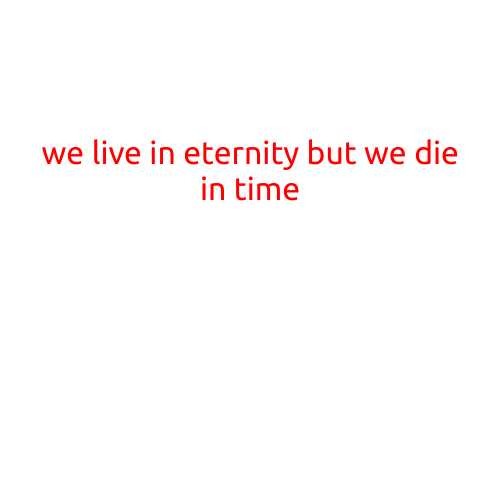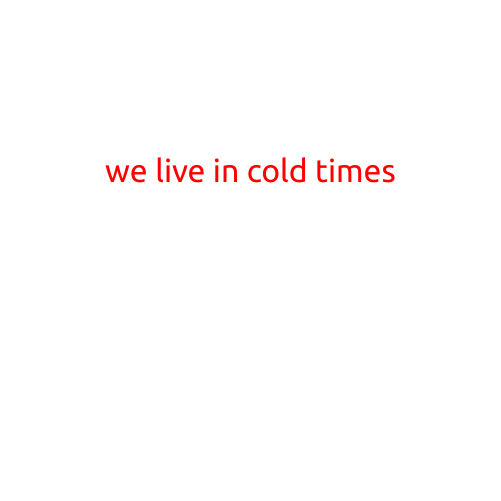
We Live in Cold Times
As the world grapples with the challenges of climate change, it’s hard to ignore the eerie feeling that we are living in some of the coldest times in human history. From record-low temperatures in places like Siberia and Antarctica, to unprecedented blasts of Arctic air in major cities like New York and London, it’s clear that the planet is experiencing a period of unusual and unprecedented cold.
But what’s driving this trend? Is it just a natural fluctuation in the Earth’s climate, or is something more sinister at play? And what does it mean for our daily lives, our communities, and the future of our planet?
The Science Behind the Chill
According to scientists, the current cold spell is largely attributed to a natural climate phenomenon known as the “Arctic Oscillation” (AO). The AO is a fluctuation in the atmospheric pressure between the Arctic and mid-latitudes, which can either bring warmth or cold air to the region. Currently, the AO is in a negative phase, allowing the frigid air from the Arctic to push further south than usual.
Another factor at play is the increasing trend of polar vortex disintegration. The polar vortex is a circulation of air that typically keeps the coldest air north of the equator. However, as the planet continues to warm, the polar vortex is weakening, allowing the cold air to escape and flow further south.
Consequences of the Cold Snap
The impact of the cold snap is far-reaching and felt across the globe. From the economic losses to the humanitarian crisis, the effects are widespread.
- Economic Consequences: The cold snap has already caused significant economic losses, particularly in industries like agriculture, transportation, and construction. Farmers are struggling to preserve their crops, while truckers are facing treacherous road conditions. The cost of heating bills is also skyrocketing, putting a strain on household budgets.
- Humanitarian Crisis: The cold snap has led to numerous power outages, stranding thousands of people in the dark and cold. The elderly, young children, and those with pre-existing medical conditions are especially vulnerable to the harsh conditions.
- Health Concerns: The prolonged cold spell has also led to a surge in respiratory illnesses, as people are forced to venture out into the cold air. The increased risk of hypothermia, frostbite, and even heart attacks is also a major concern.
What Does the Future Hold?
While the short-term consequences of the cold snap are dire, the long-term implications are cause for concern. As the planet continues to warm due to climate change, the frequency and severity of extreme weather events are likely to increase.
- Sea Level Rise: The accelerated melting of polar ice caps due to warming temperatures means sea levels are expected to rise, threatening coastal communities and infrastructure.
- Weather Extremes: As the planet warms, weather patterns are expected to become more extreme, leading to more frequent and intense heatwaves, droughts, and storms.
- Food Security: Climate change is expected to have a significant impact on global food production, leading to shortages, price hikes, and increased poverty.
Conclusion
We live in cold times, not just in terms of the physical temperature, but also in terms of the psychological and emotional toll it takes on our daily lives. As we navigate this challenging period, it’s essential to remain vigilant and proactive in addressing the root causes of climate change.
As individuals, we can take small steps to reduce our carbon footprint, such as reducing energy consumption, using public transportation, and promoting sustainable practices. We must also demand action from our leaders and policymakers, pushing for policies that prioritize the health of our planet and its inhabitants.
The cold snap may be a temporary phenomenon, but the consequences of inaction will be felt for generations to come. Let us join hands to create a warmer, more sustainable future for all.
